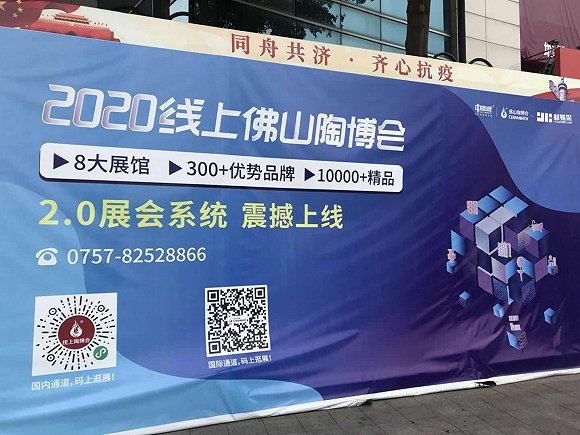|
By WU Rong Business has not been this bad in ten years at CHEN?Ru’s ceramics company. Production is delayed, orders canceled, shipments stranded. Even as the factory returns to operating at full capacity, orders are lagging. Half of her customers are overseas and their orders have recovered from near zero to a mere 10 percent of their original level. Foshan in Guangdong Province has the largest cluster of ceramics businesses in the world. By?the end of 2019, 350 companies churned out over 83 billion yuan (US$12 billion) worth of tiles, toilet seats, bathtubs and kitchen sinks every year. In Q1 this year production fell by 22 percent. Some small, export-focused businesses have liquidated their assets or closed for good. Although exports have gradually crept up since March and now surpass last year’s level, Ceramics City, a sprawling?wholesale market in the city, is eerily quiet. Regardless of their size and or financial condition, the top priorities are disposing of inventories and finding new customers. Exporters are turning to the domestic market, scrambling to build a distribution network. Factories need to be recalibrated to cater to the preferences of domestic buyers. Matte finishes and wood grains for example, popular overseas, do not sell well in China. The industry has expanded its online presence. Trade shows have been canceled or moved online. The manufacturers have no experience of this kind of marketing and are struggling to grasp even the most basic ideas of e-commerce.
A ceramic trade fair is moved online due to the Covid-19 pandemic. Photo by WU Rong. “Customers usually don’t place orders without having seen the actual product,” said Chen. “The point of our online store is only to steer buyers to the brick-and-mortar store. No ceramics sellers rely on online stores.” With no trade shows and factory visits restricted, customer acquisition has been challenging. One supplier said that his few new customers this year were all acquired before the pandemic. To support the industry, the central government has come up with tax cuts and energy subsidies, which have saved local ceramics makers at least 60 million yuan (US$9 million) in export taxes and 25 million yuan in utility expenses. However, according to one supplier, the saved costs can only be used for factory improvements. Foshan’s ceramics businesses are not all equally affected. Small exporters?of lower-end ceramics have been hit hardest. Large operators that had shifted their focus to the domestic market before the pandemic have mostly come out unscathed. ZHANG?Qikang, chairman of tile-maker Monalisa Ceramics, said his company has wound down exports from 10 percent of production to 5 percent during the past two years, and the pandemic had a “limited” effect on business. The industry was already reckoning with a package of shrinking profit margins, excess capacity, and an oversupply of cheap products. From 1998 to 2010, the industry grew rapidly. Chen remembers that period as one of easy money. Overseas orders were easy to come by, and her sales doubled almost every year. Since 2010, overcapacity has led to unending price wars. Gross margins on exports fell from 15 percent to as low as 3 percent and volumes have decreased. Adding to these self-inflicted wounds, international trade policies, tightening environmental regulations, and rising labor costs have made the embattled industry more vulnerable. Anti-dumping investigations and the state of US-China relations have further eroded weak price advantages, while the mandate to phase out coal and adopt natural gas has significantly pushed up costs. Some companies are contemplating moving productions overseas where labor costs are less, but where labor is commensurately less productive. Some exporters have switched their attention to the Middle East and Africa, where the market for cheap ceramics is unsaturated. But demand and profit margins are quickly shrinking there too. Many of the destinations are building domestic ceramics industries of their own. Chen?believes that low-end products will dominate the market in the near future. But the pandemic has stressed the need for industry overhaul. Small, low-end producers will be acquired or simply die off. Firms with good brand recognition and diverse premium products will come out stronger. |
IsFoshan'sceramicsindustryjusttilingoverthec
时间:2024-10-21 06:22 来源:网络整理 转载:我的网站

